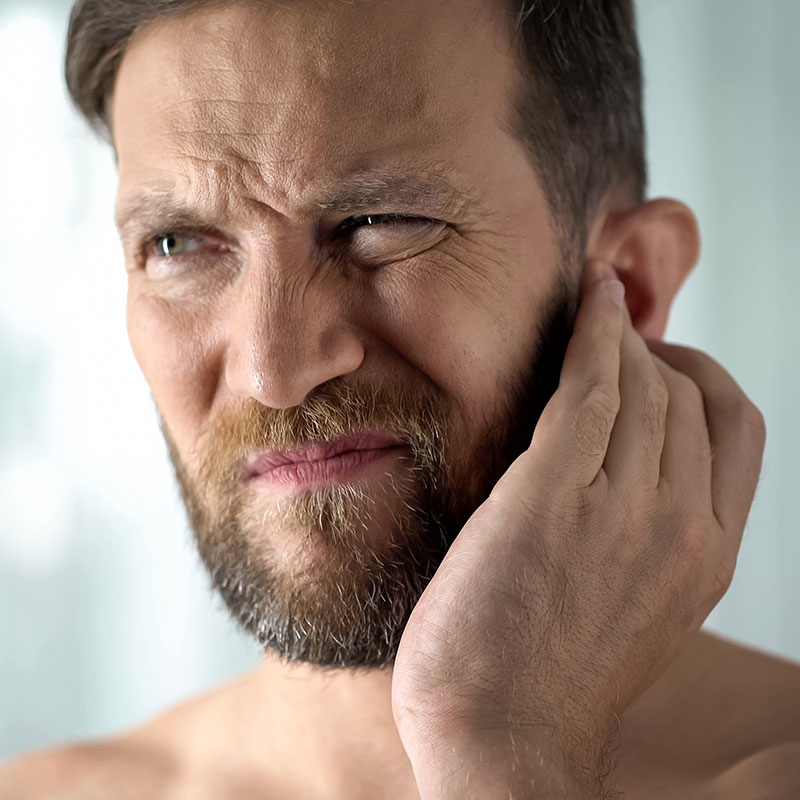
Cholesteatoma Surgery in Carlsbad, CA
Patients with chronic eustachian tube problems are not able to equalize the pressure in the space behind the eardrum called the middle ear. This results in negative pressure in the middle ear which pulls the eardrum inwards, toward the middle ear space. This is referred retraction pocket. The upper part of the eardrum is very thin and flimsy.
In cases of chronic eustachian tube problems, this area is predisposed to forming a retraction pocket. This pocket can then fill with skin debris over time forming a ball of skin called a cholesteatoma. As bacteria gets trapped within the skin, it can cause recurrent infections with pain and drainage. The cholesteatoma will also tend to damage and erode the underlying hearing bones. Thus, there is usually hearing loss associated with a cholesteatoma. This condition can usually be easily identified in the our office using a hand-held otoscope or microscope.
Tympanomastoidectomy


Reviewed by the ENT and Hearing Doctors at San Diego ENT Specialist
Still have questions? Ask one of our ENT or hearing doctors!
Chronic ear infections? Schedule an evaluation. Call or Text Us